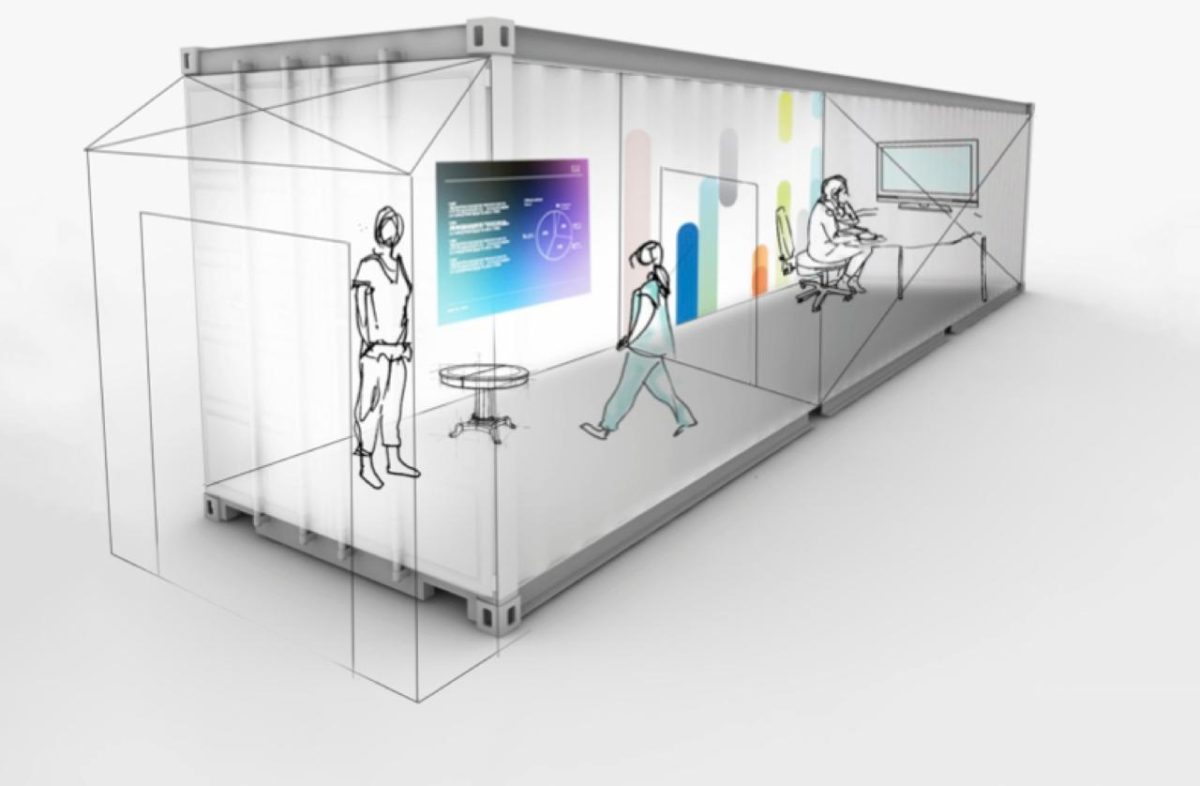Technology is rapidly changing the world around us. However, many of us associate terms as advanced robotics, autonomous vehicles and the automation of knowledge work with the far future. However, I believe that there is a slight underestimation in how these developments have already taken up a role in our everyday lives. Just think about your local supermarket with the self-checkout counter, or your gym, they will possibly offer virtual classes. All these minor changes entered into our lives almost unnoticed, but may potentially have a huge impact on the way work is done and at society. Imagine, if there would be automated cars, will we even need taxi drivers in the future anymore? If jobs are replaced and automated, what effect will this have on the workforce?
You already heard and read a lot about the self-driving cars of these days. Although they are still not completely perfect, some people already make use of them. Gartner expects that these autonomous vehicles and advanced robotics will reach the plateau of productivity in 5 to 10 years. (Gartner 2015) Thus in the next decade we could possibly have advanced robotics and autonomous vehicles near-at-hand.
It is most likely that these innovations will disrupt or change our day to day processes. Oxford University researches estimate 47% of the US jobs will be automated in 20 years. (Wired, 2016) Martin Ford, the author of Rise of the Robots, argues in his book that robots will help us to lead a more productive live. (Wired, 2016) He supports his statements with the point that most of the work done by humans can be predicted. Thus that factor makes it receptive for robot interference. (Wired, 2016)
I believe that we have to rethink job creation. Furthermore, we need to assure that the workforce adapts to rapid advances in technology. I predict that work in ten years will be created more in and around technology. New technological advancements such as Internet of things will probably have reached the plateau of productivity at that stage and will have an unrestrained influence to our modern work processes both in terms of workplace, mobility and communication. To conclude I believe that our future work will entail flexibility strongly focused around technology.
Wired (2016) ‘Rise of the Machines: The Future has Lots of Robots, Few Jobs for Humans’ < http://www.wired.com/brandlab/2015/04/rise-machines-future-lots-robots-jobs-humans/>
Gartner (2015) ‘Gartner’s 2015 Hype Cycle for Emerging Technologies Identifies the Computing Innovations That Organizations Should Monitor’ < http://www.gartner.com/newsroom/id/3114217>


